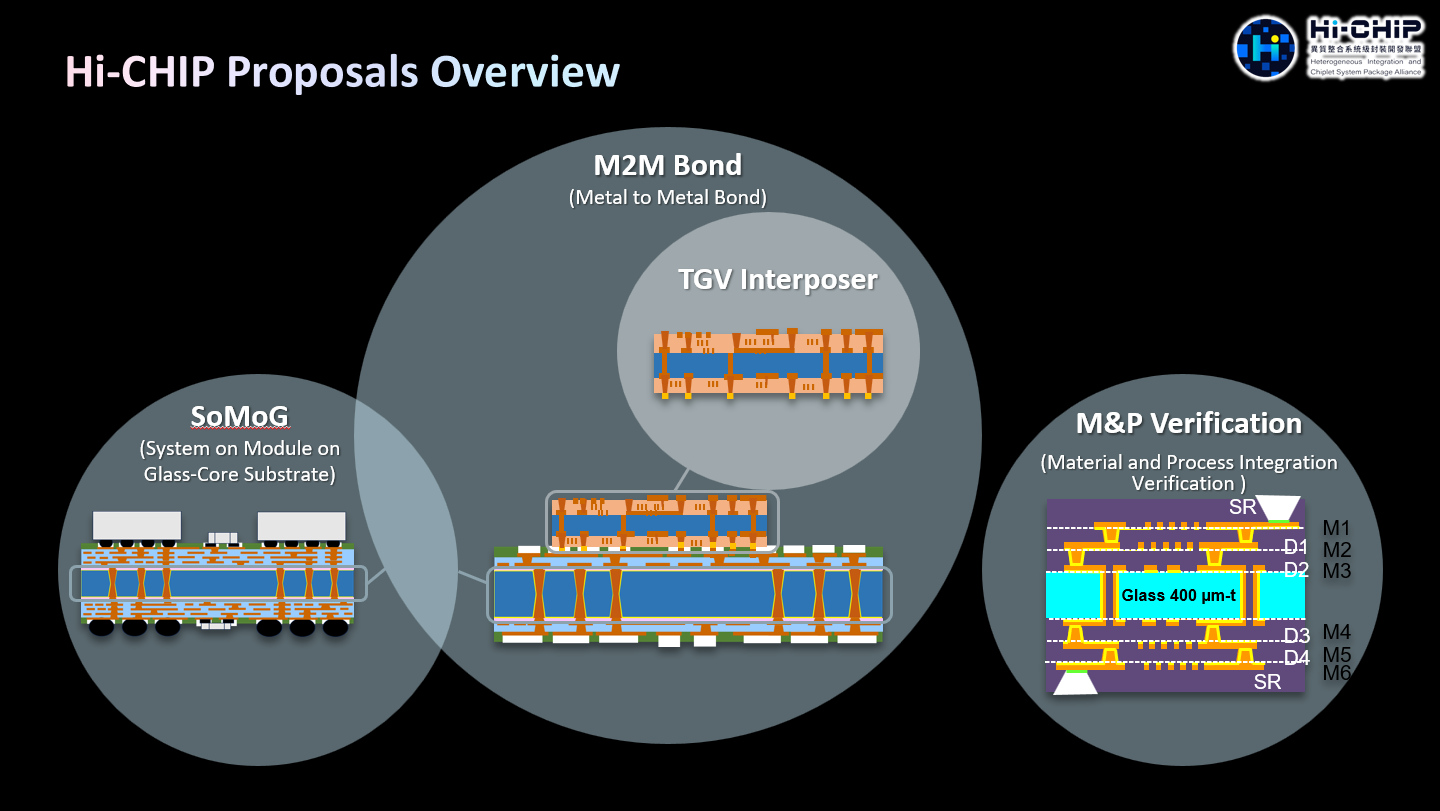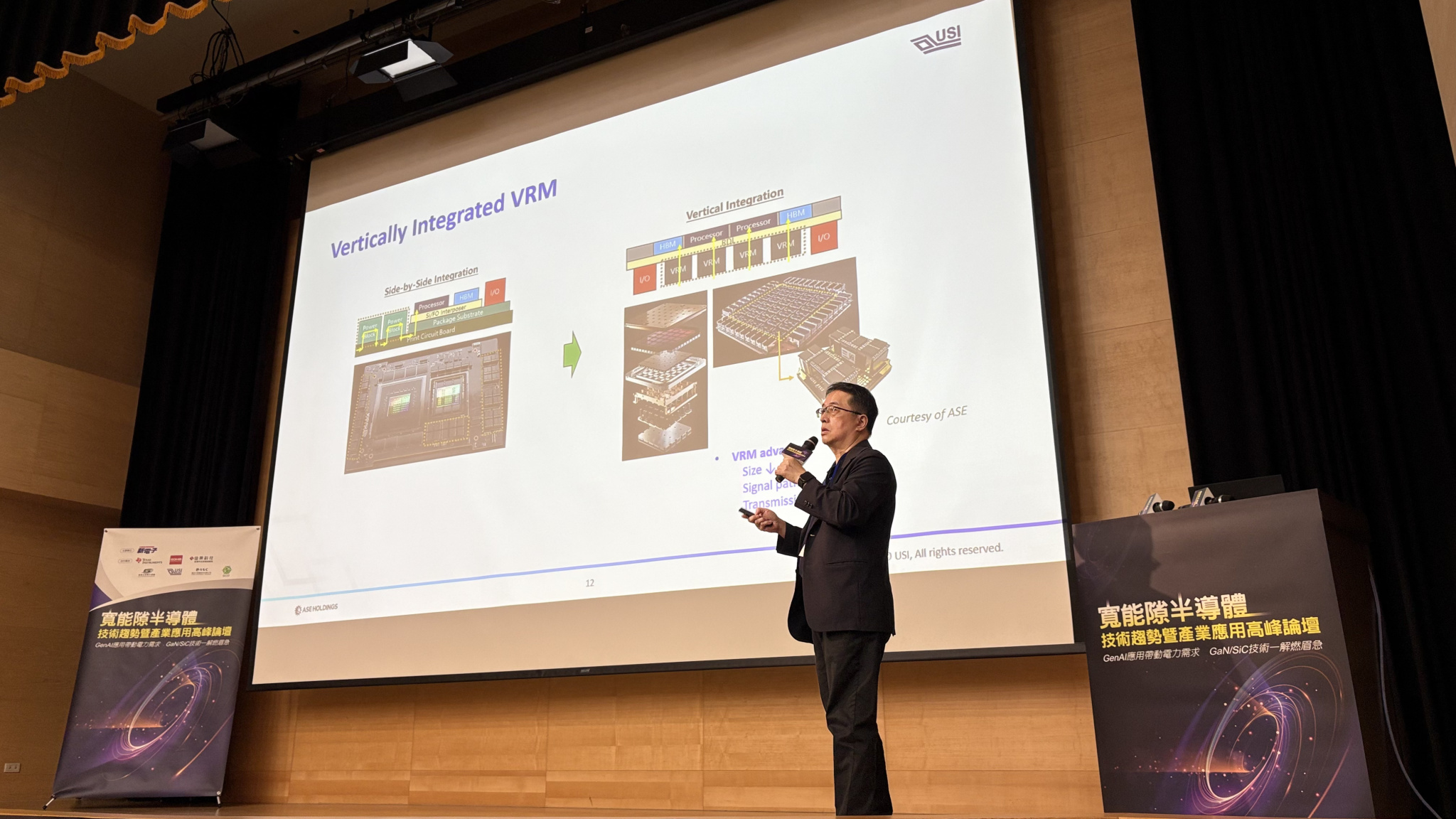Search
- 08/08/2022
Getting more in less with SiP Ep.3: Miniaturization in Every Details of Your Life
Nowadays, many fields of application have shown the favor of miniaturization technology and the demand is especially high for smart wearable devices. Thus, SiP (System-in-Package) technology has become a design trend for highly integrated and miniaturized designs in smart watches, Bluetooth headsets and many new smart wearable products. However, with the surge in demand for wearable devices, V2X, solid-state drives, 5G and RF products, diverse markets are beginning to take notice of SiP technology, prompting the world to delve into the possibilities of various applications.
This miniaturized package best fits to the future trend of smaller and smaller mobile and wearable products. Compared to SoC, SiP offers designers greater flexibility and freedom in terms of sourcing chips and passive components to achieve the best price/performance ratio.
At the same time, with the continuous development of car networking application platforms in the global automotive market, C-V2X (Cellular V2X), DSRC (Dedicated Short-Range Communication), and other car networking "high-speed communication" technologies have started to emerge one after another. Advanced V2X applications have become the main trend in the development of AE industry in recent years.
The SiP process is the first and most widely used in wireless communication. In this file, the increasing requirements for functional transmission efficiency, noise, size, weight and cost have forced wireless communication to develop in the direction of low cost, portability, multi-function and high performance.
Through SiP, what has been brought to life?
Combining the advantages of existing chip and processor resources and the advanced manufacturing processes, SiP offers lower cost and time-to-market than System-on-Chip (SoC) while enabling many products, notably:
- 5G smartphones, tablets, laptops
- Solid State Drives (SSDs)
- Internet of Things (IoT) devices
- Telematics / V2X Systems
- Medical Wearable Devices
- High-Performance Computing (HPC) Systems
As the semiconductor industry enters the After Moore's Law, SiP will undoubtedly have long-term demand and become one of the preferred processes. It becomes an accessible way to realize the characteristics of thin, light, short, multi-functional, and low power consumption of the entire terminal electronic product instead of focusing on the performance and power consumption of the chip itself. SiP represents the development direction of the electronics industry after the rise of wearable devices and mobile products.
High Cost/Performance advantages in Communication Products
For most people nowadays, a smartphone needs to fulfill their daily requirements on processing works and the multiple entertainments, so the phone size must always stay as compact as possible. Thus, the limited space inside the product becomes the biggest challenge for the overall design and manufacturing process.
In flagship smartphone models, some brands adopt SoC technology to integrate various high-end functions and achieve small size, high performance, and long battery life. Although the System-on-Chip (SoC) process can also solve the problem, the most significant advantage of SiP is the shorter development period and lower cost compared to SoC.
However, as SoC technology moves from the micrometer to the nanometer generation, various obstacles emerge and are increasingly difficult to solve. For example, higher process bottlenecks, rapidly rising development costs and time, increased difficulties in heterogeneous integration, and shorter product lifecycles led to more pressure for time-to-market. All these above bring up the market opportunities for SiP technology.
Given the diversity of the 5G smartphone functions, SiP packaging offers design flexibility and miniaturization advantages. First, 5G requires more SiP modules for the RF front-end because it needs to accommodate more mmWave antennas in the 5G product. Moreover, it also has to be compatible with LTE communication specifications.
Read more: USI Advanced 5G Turnkey Services & Two Challenges You Need to Overcome When Developing 5G Products
New Landscape in the Miniaturization Market
USI has specialized in miniaturization and modularization for years. The technical focus of these two technologies varies by product market. For wearable devices, the focus is on low power, cost, and high yield assembly. Secondly, AE products should concern with reliability, testability, and form factors. As for wireless module products, form factor, cost, and signal shielding are the essential consideration during the design process. The following video will demonstrate USI's extensive experience in various product applications.
The growth momentum of the miniaturization market has created a whole new landscape that is driving USI to move forward. Regarding the end-user scenario, the development and design of application products should not only fulfill the customer's specifications but also become a "brilliant solution" that can be a part of everyday life without being incompatible. This is where our value lies because USI understands the market needs and application trends even better than our customers so that we can break through the blind spots and provide the most suitable solutions for you.
Keep up with top trending topic
For the latest innovation technology, application
and industry insight.
Subscribe Our Blog
For the latest innovation technology, application
and industry insight.














